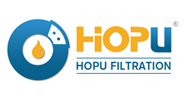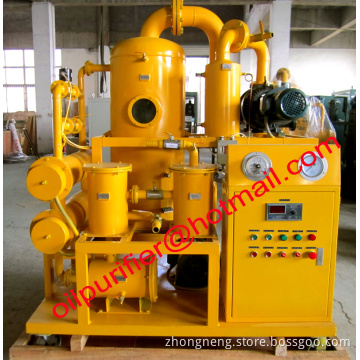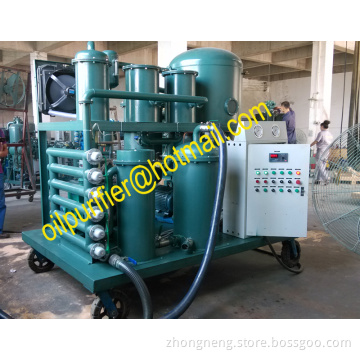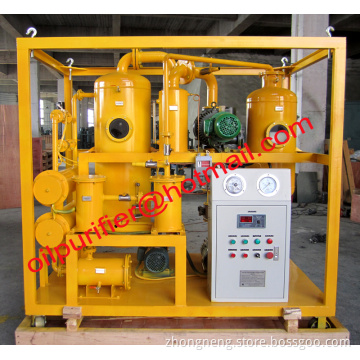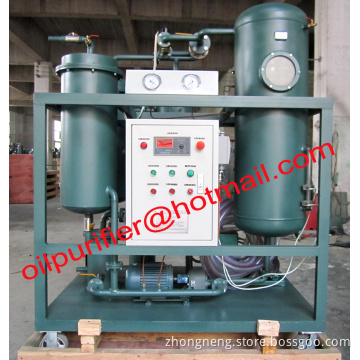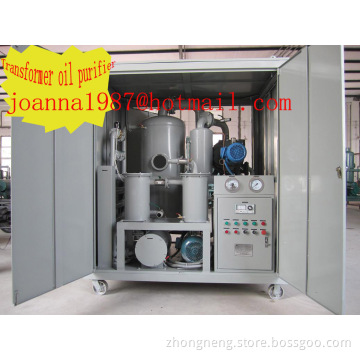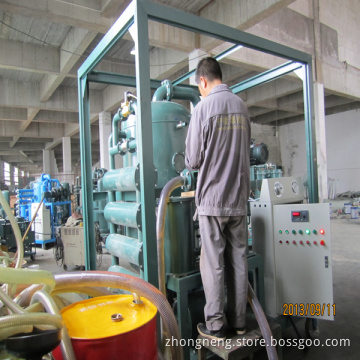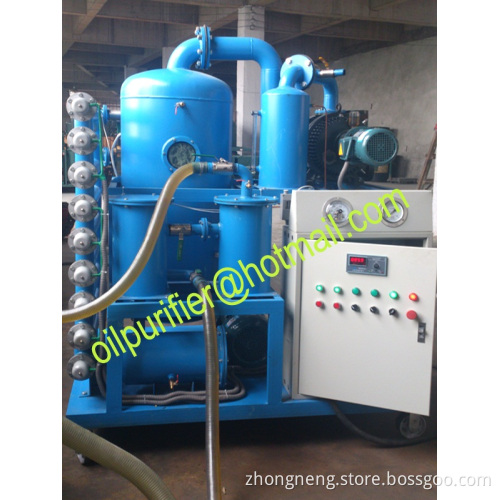
Transformer Oil Reclamation System,Insulating Oil Recovery Machine
- Payment Type:
- T/T, L/C
- Min. Order:
- 1
- Min. Order:
- 1
- Delivery Time:
- 10 Days
- Transportation:
- Ocean, Air
Your message must be between 20 to 2000 characters
Contact Now| Place of Origin: | Chongqing,China |
|---|---|
| Productivity: | 100 |
| Supply Ability: | 1000 |
| Payment Type: | T/T,L/C |
| Certificate: | CE,ISO,SGS |
| Transportation: | Ocean,Air |
The following article on oil reclamation and recovery was taken from sources by ZHONGNENG
Regeneration is the term used for renewing used transformer oil back to virgin oil specifications. Degassification refers to the minimisation of gasses present within the oil, dehydration refers to the minimisation of water content and filtration to the removal of particulate matter.
Percolating the used oil through several columns of an adsorbent media performs regeneration. The media removes all impurities, reduces the neutralisation number and power factor, increases the interfacial tension, restores oxidation stability and performs a colour correction in addition to acting as a fine filter and dehydrator. To all extents, the processed oil is indistinguishable from new.
ZN has been used as the adsorbent media. The disadvantage of using this type of media is that once it is saturated, it needs to be discarded. The media blend used by Enervac is a mixture of oxides of titanium, silicon, aluminium and iron and can be reactivated in situ more than 300 times, under normal operating conditions. This typically means that it has to be replaced every four or five years. At the end of its useful lifetime, the media can simply be discarded in a normal landfill site, as it will contain no oil. Reactivation is automatically achieved by inter alia thermal regeneration.
Removing dissolved vapour and gas from a liquid is a physical process. Vapour or gas molecules randomly leave the surface of a liquid into surrounding gas, and also randomly leave the gas and enter the liquid. When the rate of molecules entering the liquid is equal to the rate of molecules leaving equilibrium is achieved, this is called saturation. Henry's Law says that the mass of gas dissolved in a given volume of solvent is proportional to the pressure of the gas with which it is in equilibrium. In a vacuum oil purifier, the pressure of the gas is reduced by a vacuum pump and the oil is treated so that equilibrium can be achieved quickly.
One approach is to extend the surface between liquid and gas and another is to encourage the formation of bubbles below the surface of the gas. Several approaches can be taken to the removal of dissolved vapours and gases from liquids as shown below.
Related Keywords

